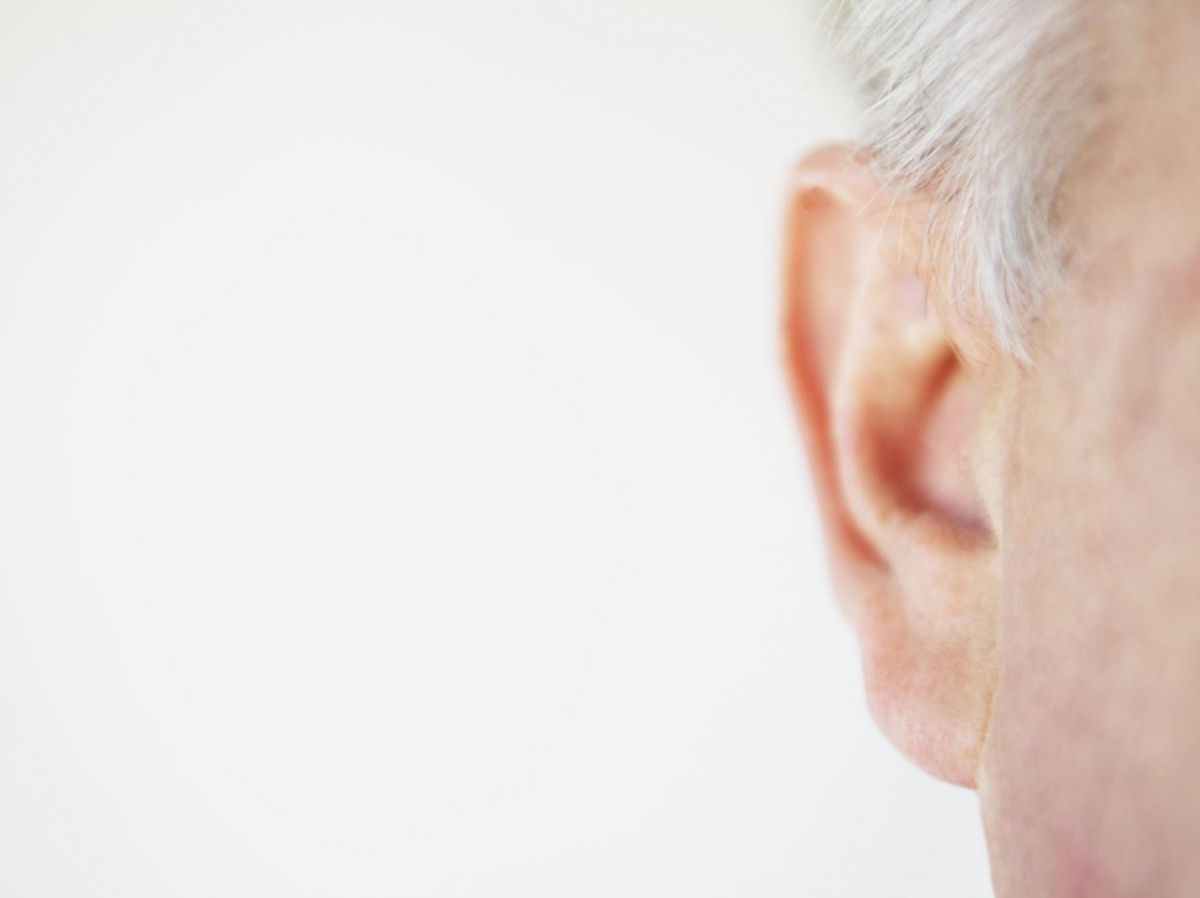You may be one of those people who can move their ears, or even the glasses on them. This ability today a priori The useless device once served as a way for our ancestors to rotate their ears to hear better. Yet we still use it without even realizing it, a new study in the journal Frontiers in Neuroscience.
“What would happen if an ant fell from a skyscraper?”, “What is hydraulic fracturing?”, “Where does Halloween come from?”, asks a female voice. The audiobooks offered to the 20 people observed in the study dealt with various subjects after listening to which they had to answer a questionnaire. But with each listening, the researchers broadcast one or more distracting voices simultaneously at an increasing volume. The participants were first distracted by a podcast narrated by a man (easy condition), to which was then added a second podcast with a female voice competing with that of the audiobook (medium condition). Finally, the two distractors exceeded in intensity that of the audiobook (difficult condition). The objective was to simulate the extreme attention that we pay to a person talking to us in a noisy restaurant, by forcing the subjects to ignore distractors that were increasingly difficult to ignore, the researchers explain.
Read alsoHey! We hear with our ears but also with our eyes
Our muscles around the ears respond to listening effort and the direction of sound
While in easy and medium modes nothing happened, when it became difficult to listen to the audiobook, the five electrodes placed around their ears recorded unusual activity, the study reveals. These are contractions of the superior auricular muscle (SAM in English), one of the two largest auricular muscles along with the posterior (PAM). If you gently pull the pinna of a person's ear forward, you should easily see the PAM. The SAM is located at the top of the ear and connects to the skull", explains Andreas Schröer, a researcher at Saarland University and Saarland University of Applied Sciences (Germany) and first author of this work. There are seven other muscles surrounding our ears, but they are less important, he adds. By contracting the SAM, we would instinctively try to reorient our auricle thanks to a vestigial system that once modified its shape as well as the ear canal.
Unlike the SAM, the PAM was activated not when listening effort was increased, but when the sound was broadcast behind the subjects rather than from the front. PAM might be more sensitive to audio streams that are outside the participants' field of vision, instead of being modulated by listening effort", summarizes Andreas Schröer. According to the team, if the gaze cannot move towards a stimulus, the orientation of the vestigial pinna could activate the PAM to improve the participant's ability to focus on these sounds.
Read alsoHearing can be improved by increasing the synapses in the inner ear
Understanding our vestigial hearing system to help hearing aid wearers
“ 25 million years ago, our ancestors were able to orient/rotate their ears towards a source to 'channel' sound into the ear canal.", interprets Andreas Schröer. " This behavior is very well preserved in modern animals, such as cats, dogs and monkeys." As to whether our vestigial ear-reorientation system still has residual effectiveness, the researchers cannot conclude. A better understanding of how it works could, however, help people with hearing loss, particularly those who wear hearing aids. These people experience a much greater listening effort in noisy environments than people with normal hearing. The idea is that if we can objectively quantify listening effort, then hearing technologies could adjust their signal processing to reduce it.“, anticipates Andreas Schröer.
